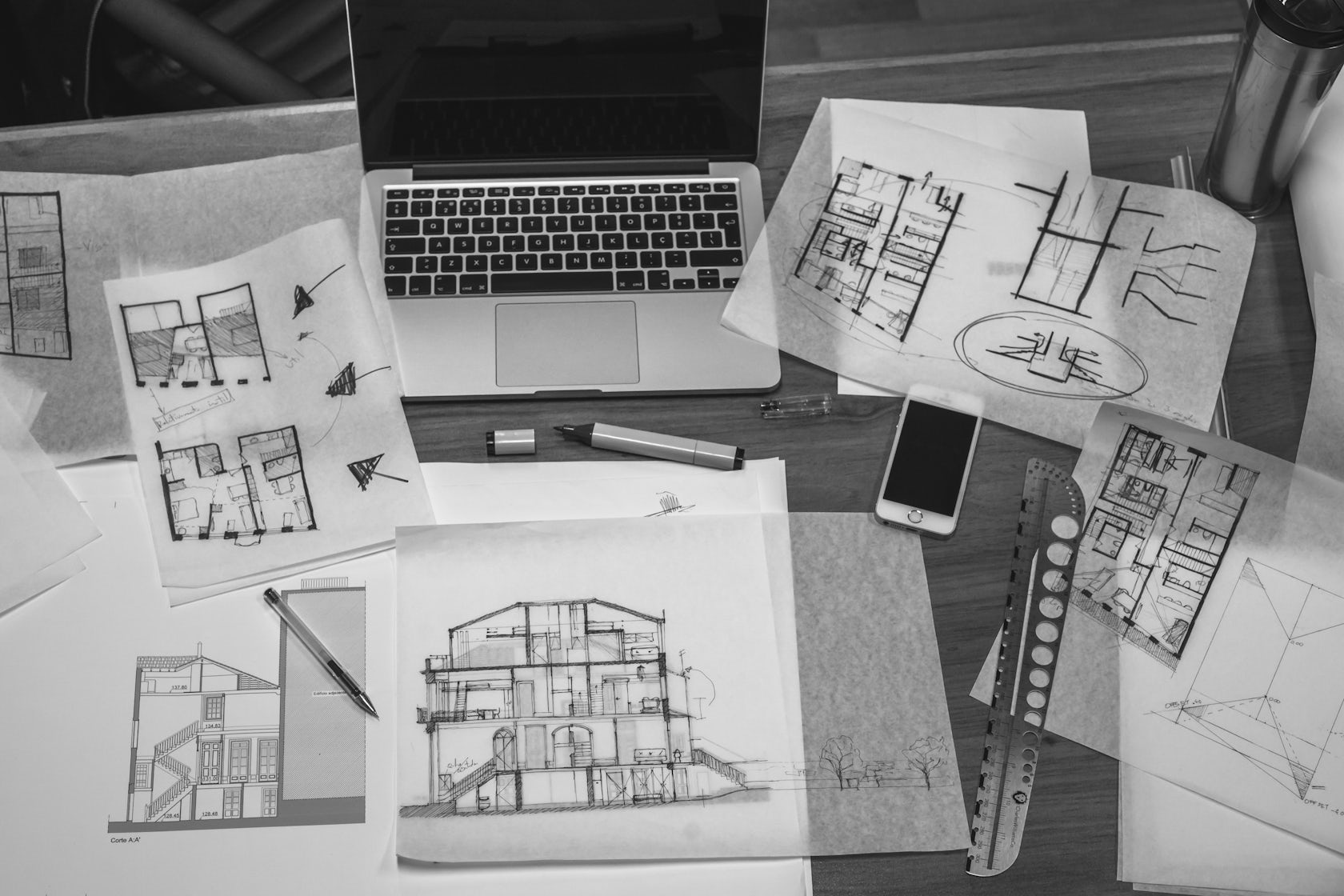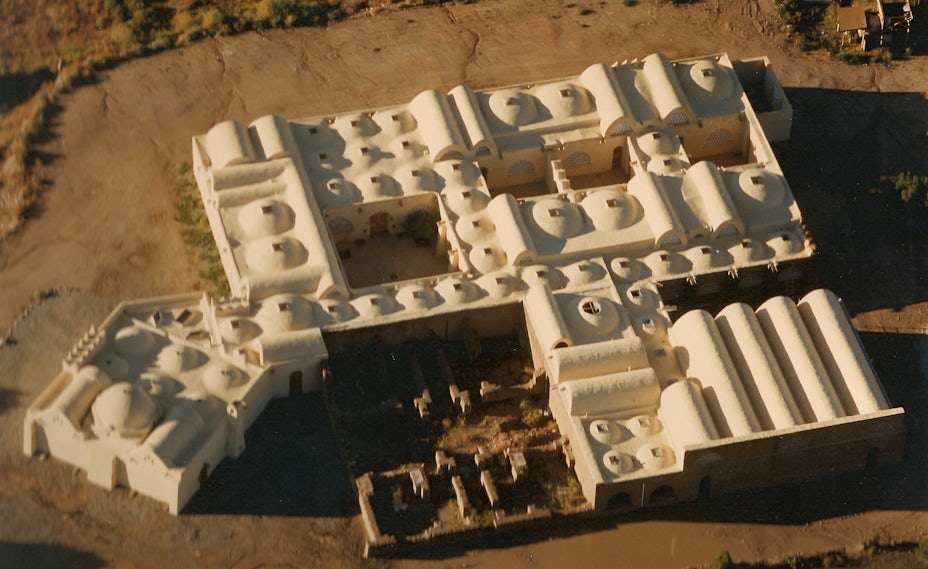Shortlisted projects for Architizer’s 2017 A+Awards will open for public voting on March 14! Click here to sign up for updates and more information on the program.
Architizer’s A+Awards — the world’s largest awards program for architecture and products — differentiates itself from other competitions in one very important way. Unlike awards like the Pritzker Prize, whose recipient is chosen by a small group of elite jurors, the A+Awards is fundamentally democratic. An online public voting system ensures that the very best projects are recognized, no matter how big its budget or who its author is.
Far from an elitist platform upon which only famous architects stand, every talented architect in the world has an opportunity to be victorious in the A+Awards — great architecture speaks for itself, and the strongest designs will rise to the top. This represents a huge opportunity for small, localized firms to be celebrated on a global stage, something they richly deserve given the modern challenges these architects take on, week in and week out.
Pubic voting for this year’s awards officially opens this Tuesday, March 14. If you needed any further reason to vote for your favorite projects and give these architects international recognition, read on — behind every great building lies an amazing story of perseverance, including some or all of the following challenges!

© Lorenzo Cafaro
Via Pexels
1. Finding new work and sustaining an income
The financial strife of 2008 has diminished, but it remains a huge challenge for architects — particularly those just starting out — to win new clients and keep their firm financially sustainable. This is often down to the perception of architects as a cost rather than a value, and the profession as a whole must evolve to combat this.
New business models for architects offer some ways to do this, from combining the business of design with property development and harnessing new software to improve efficiency. There are also methods for earning a passive income to help keep your firm going through leaner times.
2. Arguing for good design over cheap construction
Following on from the first point, it is a constant challenge to be heard in an industry that often values high speed and low cost over design quality. With a growing number of developers looking to make a quick profit, it can be challenging for architects to carry their vision through value engineering and into the completed project.
Architects must establish more powerful ways to illustrate how great design adds real value to the finished building for clients — in both monetary terms and in quality of life for a building’s occupants. With an incredible variety of mediums now available, there are more effective ways to do this than ever before.

A still from “The Architect” movie; via Architizer
3. Battling the stereotypes
When it comes to architects, stereotypes are a blessing and a curse. On the one hand, they can provide a healthy dose of comic relief for a profession that is often accused of taking itself too seriously — you have to learn to laugh at our clichéd selves once in a while.
On the flip side, the more negative stereotypes that proliferate within the profession — those pertaining to elitism, ego and creative martyrdom — can be damaging to hardworking architects who don’t suffer from any of those pretentious afflictions. A great way to battle against those inaccurate clichés is for more architects from small firms to speak out — a great example is Penda’s amazing interview, in which Chris Precht reminded us all that this is a time for “Start Architects, not Star Architects.”
4. Making time for hand sketching
2016 has been a big year for tech in professional practice, with a huge number of new apps introduced to increase the efficiency of architectural drawing. However, as Bob Borson of Life of an Architect asserts, it is vital to keep practicing good, old-fashioned sketching with a pencil on paper.
“I haven’t ever — I mean EVER — personally met an architect who I thought was a good designer who didn’t sketch,” says Borson. “Maybe it’s because the process takes time, requires a person to slow down and think through what they are doing.” The nature of the medium enhances the care and attention to detail we put into what we draw, making the analogue approach as crucial as ever in the creative process. Never stop sketching.

Sketch by Michael Malone; via Life of an Architect
5. Finding great materials to match great designs
While many parts of an architect’s job has been made infinitely easier by technology, one area that has long been a struggle has been the specification process. Finding the perfect building products and material finishes to bring a design to reality in a satisfactory way has often involved hours of trawling through cumbersome product catalogs or getting lost in Google, testing the patience of even the most calm architect.
That is why the introduction of Source — Architizer’s definitive marketplace for building products — is so exciting. Built especially to link architects with the manufacturers they need, the platform will help ensure the art of specification can catch up with all other parts of the design and construction process in terms of speed, convenience and tech-based intelligence. This should lead to better architecture for everyone.
6. Bridging the generation gap
“There is a Grand Canyon–esque divide that exists between the baby boomer and millennial generations within architecture,” says architect Luke Arehart. “Current principals and firm owners have paid their dues for many years and have worked effectively, diligently and meticulously toward truly understanding the practice of architecture. However, those hard lessons learned over time are sometimes not easily parted with or readily shared.”
Whether you agree with this sentiment or not, architects of all ages and experience levels must work hard to bridge the generation gap and learn from one another. While baby boomers can offer a wealth of knowledge in terms of running a firm and designing for a plethora of different clients, millennials can bring fresh skills to the table, particularly in relation to technology. Open communication can lead to great collaboration between the whole design team.

Via Pexels
7. Keeping up with ever-changing hardware
Whether you are an architecture student on a low budget or the director of a firm looking to improve the overall productivity of your team, choosing the right hardware to suit your circumstances remains as vital as ever. With advancements being made at an extraordinary rate, it is also important to upgrade your computer and tablet or risk being left behind when the most recent design software is released.
So, what’s new? One of the standout hardware releases of the year was undoubtedly Microsoft’s Surface Studio, a sleek touchscreen monitor that doubles as a digital drawing board. There were also some pretty extraordinary fabrication tools on show at Autodesk University, including 3D printing and robotics machines. Even if professionals aren’t implementing these kinds of hardware on a mass scale yet, it is worthwhile being aware of developments for tools both in the studio and on the construction site.
8. Keeping up with the evolution of software
In the realm of architectural design, the only thing that seems to develop faster than hardware is software. On top of new updates to ubiquitous applications like Revit, Vectorworks and ArchiCAD, there has been a notable increase in the number of mobile apps for architects, including tools for measuring, drawing, project-managing, playing and sparking inspiration.
It is common knowledge that Building Information Modeling (BIM) is now a staple part of the construction industry, and any architect that hasn’t yet adopted it will surely need to get to grips with the technology in the immediate future. Fortunately, architects like Michael LaValley have been through the transition from CAD to BIM and taken the time to offer valuable advice to those following in their footsteps.

Via Concepts
9. Grappling with politics
Some architects are keen to distance themselves from politics, but there is no denying that architecture is inherently intertwined with contemporary political issues, and we must collectively recognize that fact. If one needed any evidence, they need look no further than the AIA, which received a startling backlash when it published a statement about the recent election on behalf of all 89,000 of its members — regardless of their individual viewpoints.
Patrik Schumacher also understands the unbreakable link between architecture and politics better than most, having fielded a slew of criticism for recent proposals to overhaul ownership of public spaces in cities. Whether we like it or not, architecture is a political matter, particularly when it comes to the public realm, and the profession must continue to engage with political discourse accordingly.
10. Making time for rest and relaxation
This is more of a timeless challenge than a solely contemporary one, but it is worth reinforcing. Without wishing to reinforce the aforementioned stereotypes, it is fair to say that the culture of competitiveness and perfectionism within the profession leads many architects to suffer from exhaustion (not to mention some serious addictions to caffeine!).
However, there are examples of architects who have proven that professionals can be hardworking and take time out for themselves and for others. Mike Riscica, founder of YoungArchitect.com and regular contributor on Architizer, advocates yoga as an excellent stress reliever for architects, and also volunteers at schools, teaching young children about design. It is admirable to be passionate about what you do and work hard for your clients, but don’t forget to take time out to rest, recuperate and just … breathe.
Pubic voting for this year’s awards officially opens this Tuesday, March 14. Click here to stay up to date.




